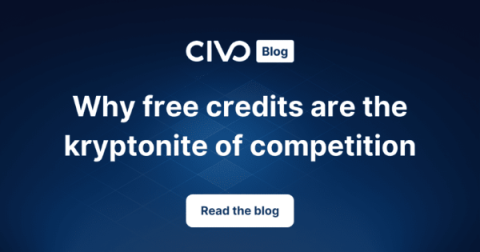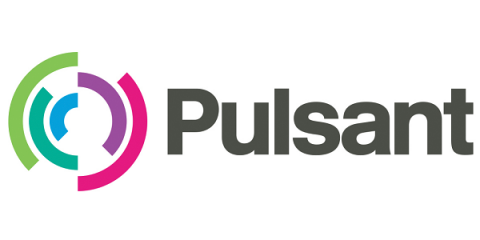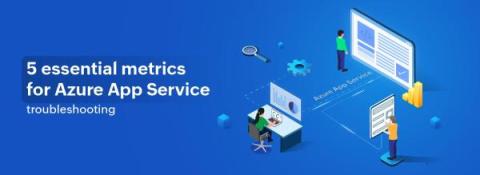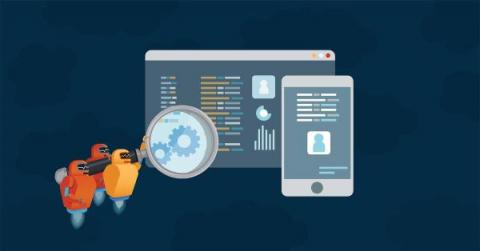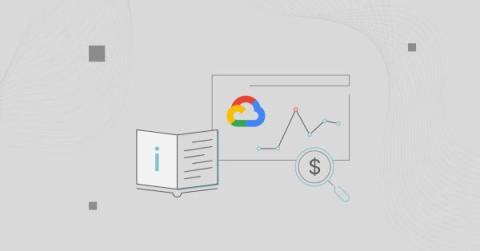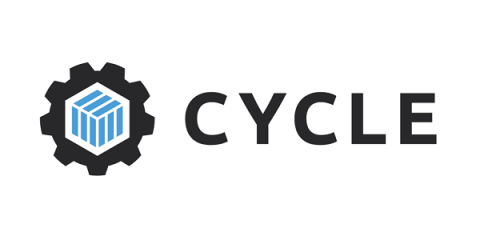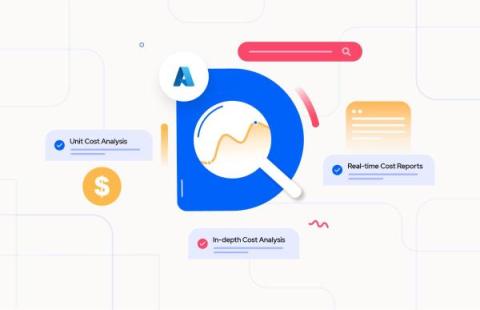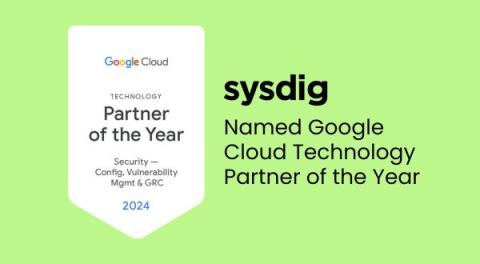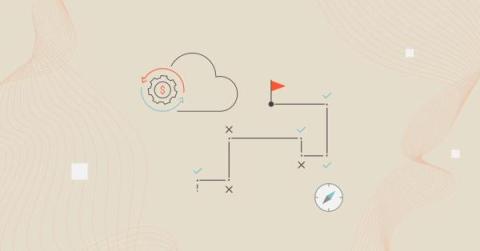The broken cloud market: Why free credits are the kryptonite of competition
The Competition and Markets Authority (CMA) is investigating the state of the UK cloud market, and for good reason. While the submissions and commentary already submitted to the CMA point to various concerning practices, one issue stands out as the single biggest threat to a healthy, competitive landscape: excessive free cloud credits. This tactic, employed by the dominant hyperscalers (AWS, Microsoft Azure, and Google Cloud Platform), is akin to a drug dealer offering free samples.


